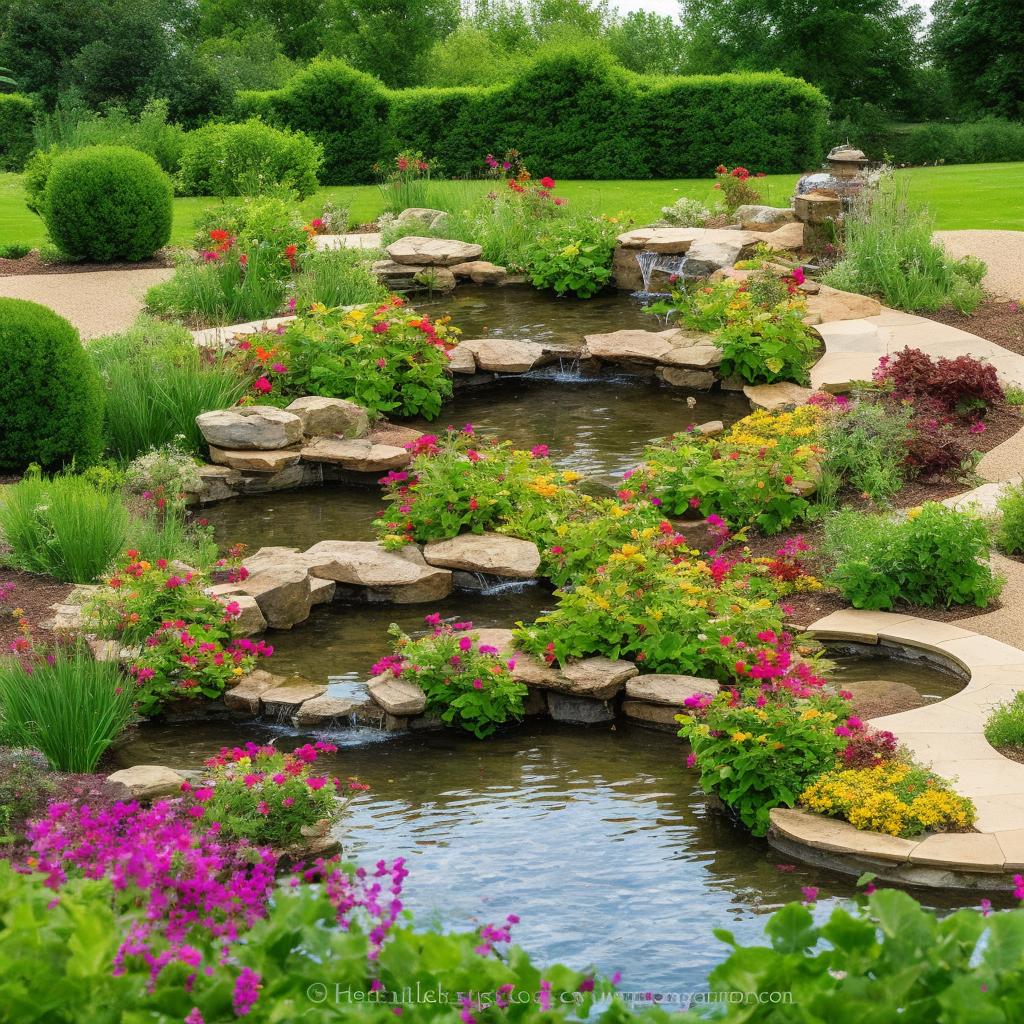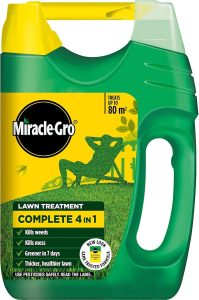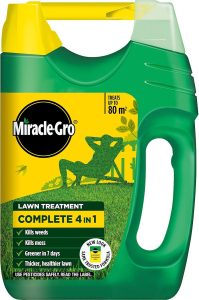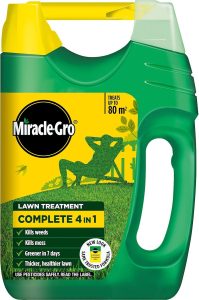Imagine stepping outside into your own little corner of nature, surrounded by lush greenery, colorful flowers, and the delightful sounds of birds chirping and frogs croaking. Now, take that tranquil scene and add a shimmering pond teeming with life, attracting a myriad of wildlife to your garden. Creating a wildlife pond is not only a beautiful addition to your outdoor space, but also a vital habitat for a variety of creatures. In this article, we will guide you through the steps to bring this enchanting feature to life in your own backyard. So grab your shovel and let’s get started on your journey to creating a wildlife pond in your garden.
Planning Your Wildlife Pond Design
When creating a wildlife pond in your garden, it’s essential to carefully plan out the design to provide a sustainable and thriving habitat for local wildlife. Consider the following factors to create a successful wildlife pond:
- Location: Choose a spot in your garden that receives a good amount of sunlight but also has some shade to prevent overheating of the water.
- Size: Determine the size of your pond based on the available space in your garden and the types of wildlife you want to attract.
- Depth: Create different levels of depths in your pond to accommodate a variety of wildlife, with shallow areas for birds to bathe and deeper areas for fish and amphibians.
Additionally, think about incorporating different planting zones around the pond to provide shelter and food sources for wildlife. Include native aquatic plants, marginal plants, and moisture-loving plants to attract a diverse range of species. By carefully , you can create a beautiful and functional ecosystem that will support and enhance your local wildlife population.
Choosing the Right Location for Your Pond
When it comes to creating a wildlife pond in your garden, one of the most important decisions you’ll need to make is . The location of your pond can have a big impact on the types of wildlife that will be attracted to it, as well as the overall health and longevity of the pond itself. Here are some key considerations to keep in mind when selecting a spot for your pond:
Sunlight: Make sure your pond gets plenty of sunlight throughout the day, as this will help to promote the growth of aquatic plants and algae, which are essential for providing food and shelter for wildlife. Aim for at least 6 hours of direct sunlight daily.
Selecting Native Plants and Wildlife for Your Pond
When , it’s important to consider the unique ecosystem you are creating. Native plants not only provide habitat and food for local wildlife, but they also help maintain the balance of the pond’s ecosystem. Some popular native aquatic plants to consider for your wildlife pond include:
- Pickerelweed: This stunning plant produces vibrant purple flowers and provides important habitat for frogs and other wildlife.
- Cattails: These tall, reed-like plants offer shelter for a variety of bird species and help oxygenate the water.
- Water lilies: These beautiful floating plants not only attract pollinators, but also provide shade and shelter for fish and other aquatic creatures.
| Plant Name | Main Feature |
|---|---|
| Pickerelweed | Produces vibrant purple flowers |
| Cattails | Tall reed-like plants that offer shelter for birds |
| Water lilies | Beautiful floating plants that provide shade for aquatic creatures |
Aside from plants, incorporating wildlife such as frogs, fish, and insects can further enhance the biodiversity of your pond. Frogs not only add a charming element to the pond but also help control insect populations. Fish like koi or goldfish can help keep algae in check and add movement and color to the water. Additionally, beneficial insects like dragonflies and damselflies can help control pests and add to the overall beauty of the pond ecosystem.
Maintaining Your Wildlife Pond for Long-Term Success
Once you have successfully created your wildlife pond in your garden, it’s important to ensure its long-term success by maintaining it properly. Regular maintenance will not only help keep the pond looking beautiful but also create a healthy ecosystem for the wildlife that calls it home.
Here are some tips to help you maintain your wildlife pond for long-term success:
- Monitor water quality: Regularly test the water quality to ensure it is safe for the wildlife. Keep an eye on pH levels, ammonia, nitrites, and nitrates.
- Remove debris: Remove any fallen leaves, twigs, or other debris from the surface of the pond regularly to prevent them from decomposing and affecting the water quality.
- Trim plants: Trim back overgrown plants to keep them from taking over the pond. This will also help ensure that sunlight can reach the water and support a healthy ecosystem.
- Control algae: Keep algae growth under control by removing excess algae manually and using natural methods like introducing floating plants or algae-eating fish.
Future Outlook
As you embark on the journey of creating a wildlife pond in your garden, remember that patience and creativity are key. By providing a safe and nurturing habitat for local wildlife, you are not only enhancing the beauty of your garden but also playing a crucial role in supporting biodiversity. So, roll up your sleeves, grab your shovel, and let nature guide you in transforming your outdoor space into a bustling ecosystem of wonder and life. Happy pond-making!




